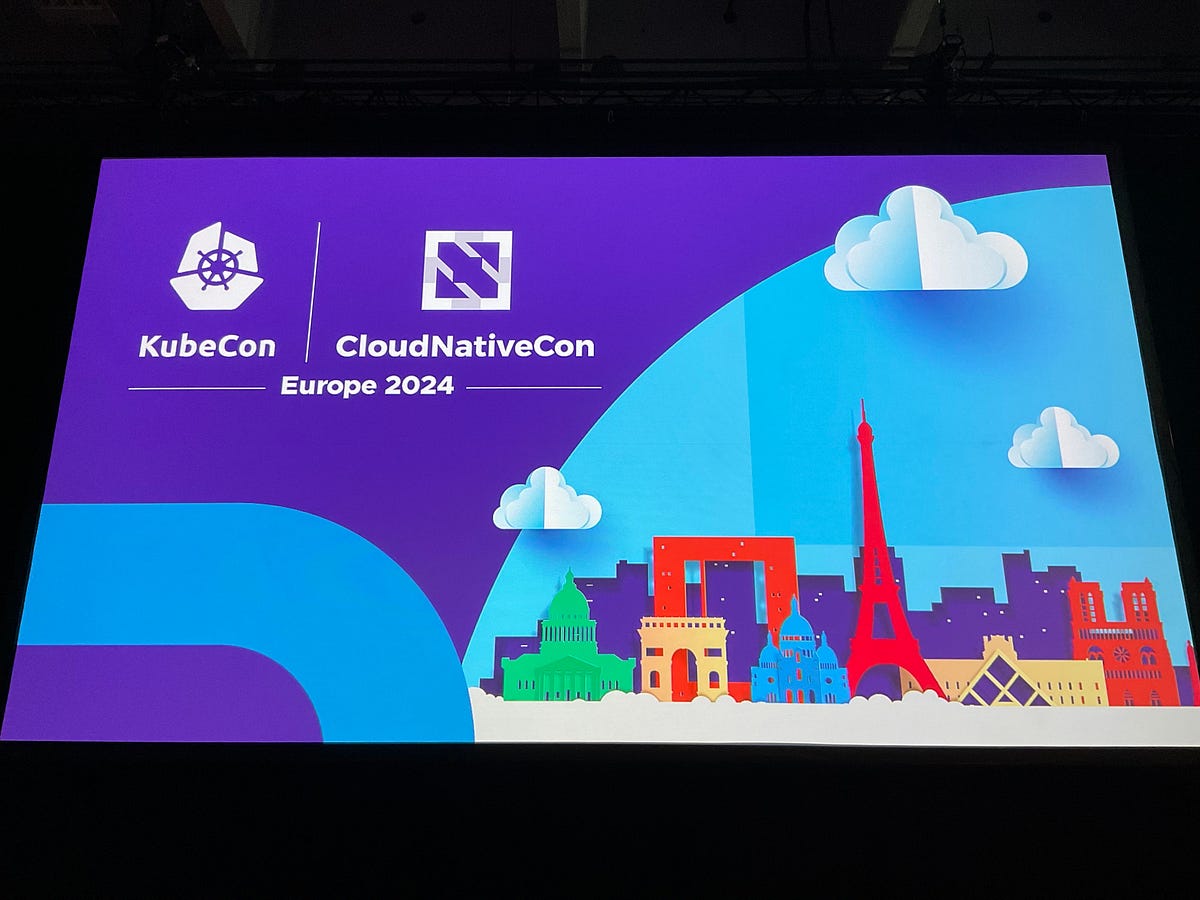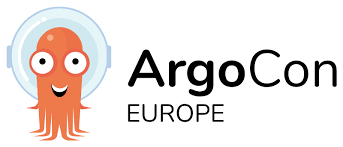KubeCon EU 2024 - summary of conference worth every penny

KubeCon goes mainstream, and it is the most amazing conference I’ve been to so far. At the same time, ‘amazing’ is not a good word for describing how awesome it was. People, talks, organization, everything was on point. And knowledge — so much of it that I have a list of TODO stuff for the next couple of months. In bare words, if you have to choose only one conference a year, choose KubeCon. But why is that? As a first-timer at such a big event, I want to briefly summarize what I’ve heard, learned and gained during a couple of unforgettable days in Paris

KubeCon Paris 2024
👀 Observability
Observability is as essential as breathing. When implementing observability, you’re doing yourself a favor by gaining insights into your system’s operations. That topic dominated the KubeCon and Cloud Native Foundation YouTube channel, where you can find all the talks from the conference. The KubeCon kicked off with dedicated colocated events such as Observability Day, ThanosCon, and CiliumCon. However, the topic of observability on the KubeCon went beyond foundational knowledge. Apart from basic knowledge sessions about implementing OpenTelemetry in the system, observability system scaling gained a lot of traction. Times go by, and scaling observability systems has become a problem for FANG companies and startups, especially in the AI and IoT fields, which need to process massive amounts of data and publish an equivalent quantity of instrumentation data. Thanks to KubeCon I had the option to talk directly with maintainers, authors, and contributors of projects such as Prometheus, Thanos, OTEL, and Jaeger and get their’ inside on how to scale observability solutions to fit our needs in the project, I’m working on. The problem is huge, in maximum capacity we are reaching 28 000 cores on a single cluster that runs thousands of pods. We have 10+ such clusters and only have one Grafana instance to view across all of them. Behind that, it is worth noting that OpenTelemetry started applying for graduation as CNCF projects. In simple words, it means that you should consider shifting to OTEL.
What’s more Fluentbit v3 was officially released during KubeCon, meaning that the best is yet to come.
ArgoCon

The first day hosted ArgoCon. I must admit that I was shocked because each talk was packed with Argo fans. ArgoCon went beyond ArgoCD insights, which is only one project of the Argo ecosystem. Starting from the Argo Workflow project and presenting how big companies such as Bloomberg schedule workflows using the Argo Workflow and finishing on the Argo Notifications. Just spending the whole day on the ArgoCon can demystify the Argo system. As GitOps first company, we are using tools from Argo ecosystem as well as Flux ecosystem, so it was worth listening to the insides of how to scale our daily used tools. In the GitOps namespace, there was always a problem determining whether GitOps deployments went well — there was a lack of metrics. That’s why Keptn is collaborating with ArgoCD and Flux to make deployments observable, yey 😋
Cilium and eBPF
Prior to KubeCon, my understanding of eBPF technology was minimal. After attending demos and speeches and talking with guys from Isovalent, I know more or less what it is all about.
eBPF technology has been on the market for some time and has evolved from BPF in the 90s to eBPF, which takes prime in the Cloud Native networking space. With eBPF, you can dynamically load code into the Kernel space and run some logic, allowing you to monitor your system from the Kernel level and modify the routing of network traffic. And thanks to projects likebumblebee, the entrance level for eBPF technology has decreased — you can try it out. Cilium, as technology based on eBPF, gives you ready-to-go tools providing cluster-to-cluster networking as well as observability out of the box. Prepare yourself also for the certificate. The new certification for Cilium came into the Cloud Native space as well as labs.
🔥 Dagger
With Pulumi, you can define infrastructure components using imperative programming languages like TypeScript, just as you would declaratively do using Terraform. With Dagger, you can write your CI/CD pipeline using programming languages like TypeScript, Python or GoLang, moving away from traditional YAML files used by GitHub Action, Bitbucket pipelines, CircleCI and others. That approach simplifies running pipelines on your localhost and, what’s more, allows you to combine your existing pipelines, which are defined in the GitHub Actions schema, with Dagger. Gamechanging. I will pay attention to how the project is growing and taking its place in the everyday tooling of DevOps teams. And definitely, I will try it out myself.
🔥 My personal favourite — Mirrord
Have you ever heard about Telepresence? If not, you need to check it out, but on KubeCon, I think I found out the descendant — Mirrord. It allows us to run applications locally and seamlessly integrate with the cloud environment. It blurs the lines between local and cloud development environments. Behind the scenes, Mirrord intercepts all system calls to the filesystem and network socket (by intercepting calls to libc, which most programming languages use), and forwards them to the Mirrord agent running in the cloud. I will consider using Mirrord when creating a Kubernetes Operator to manage cloud-specific resources.
Summary
KubeCon in Paris is over, and it was worth every penny and much more. It inspired me even to write my first blog. It’s awesome to see how a Cloud Native ecosystem thrives, especially in such an iconic city as Paris. Now eyes on the next KubeCon, April 1–4 2025, in London. See you there!
